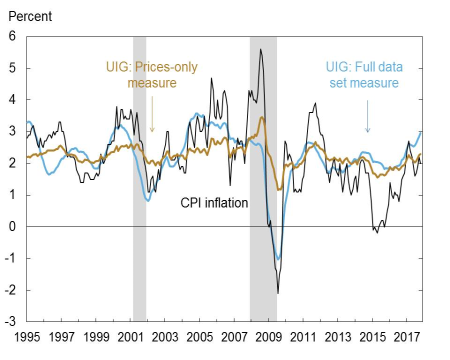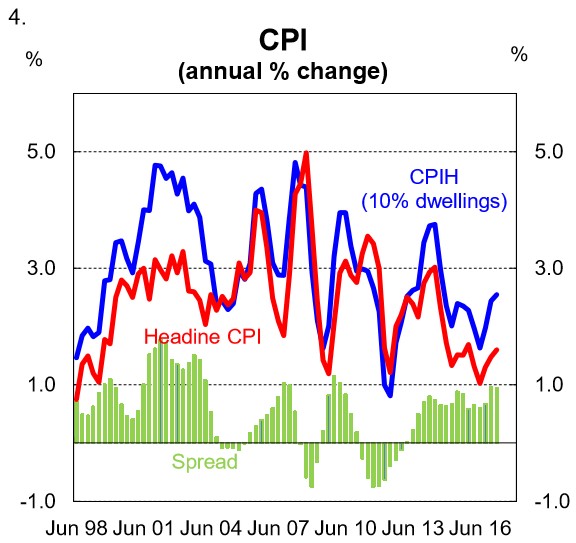Via Bloomberg:
US financial markets have in the last 20 years experienced three unprecedented booms in asset prices and two busts. During this span, the market value of real and financial assets held by households has increased more than $US70 trillion, an astounding amount on its own, but even more so when one considers the huge losses following the dot-com and housing bubbles.
What’s behind the huge asset gains and losses? What role, if any, has monetary policy played in the asset cycles? Given that the prior two asset cycles ended with huge losses, will the current cycle end the same way? The answer to that last question may lie in a novel new inflation gauge devised by the Federal Reserve Bank of New York.
History shows that asset price cycles (i.e., wealth creation) are highly correlated with economic growth cycles. That makes sense because each economic cycle includes new investment and saving, expanding the stock of real and financial assets while also increasing the market value of existing assets.
As we know, such a measure is essentially CPImageddon for Western economies. Here it is today for the US:

In short, US interest rates would already be orders of magnitude higher and the cycle bust.
And so would Australia’s:

It would be a change for good.

